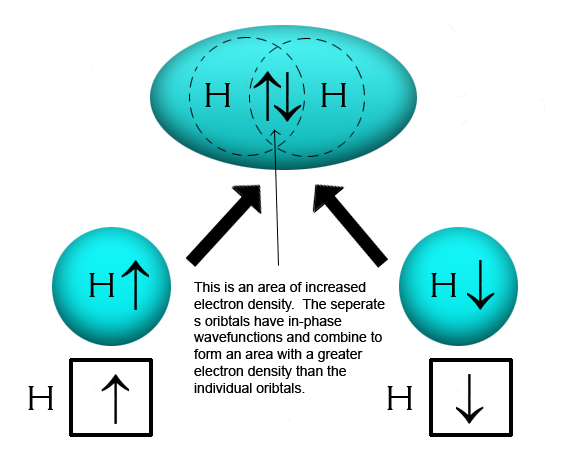According to Valence Bond Theory, a covalent bond forms when two valence orbitals, each with an unpaired electron, overlap, forming a covalent bond between the two atoms. Only orbitals with unpaired electrons will overlap and form a covalent bond.
In the following diagram, you will see two hydrogen (H) atoms, each with an electron configuration of #"1s"^"1"#, and a valence orbital with one unpaired electron. The hydrogen atoms overlap their valence orbitals, forming a covalent bond, so that the hydrogen molecule (#"H"_"2"#) has two paired electrons.

Helium has the electron configuration of #"1s"^"2"#. It has no orbitals with unpaired electrons, therefore #"He"_2# cannot exist. Helium is the first element in the group of noble gases, all of which are mostly nonreactive because they don't have any valence orbitals with unpaired electrons. Noble gases exist in nature as atoms in their elemental state, unlike most other elements, which are found combined with other elements in nature as compounds.


